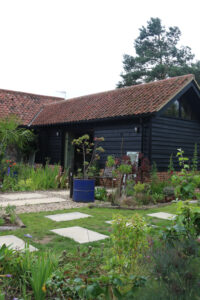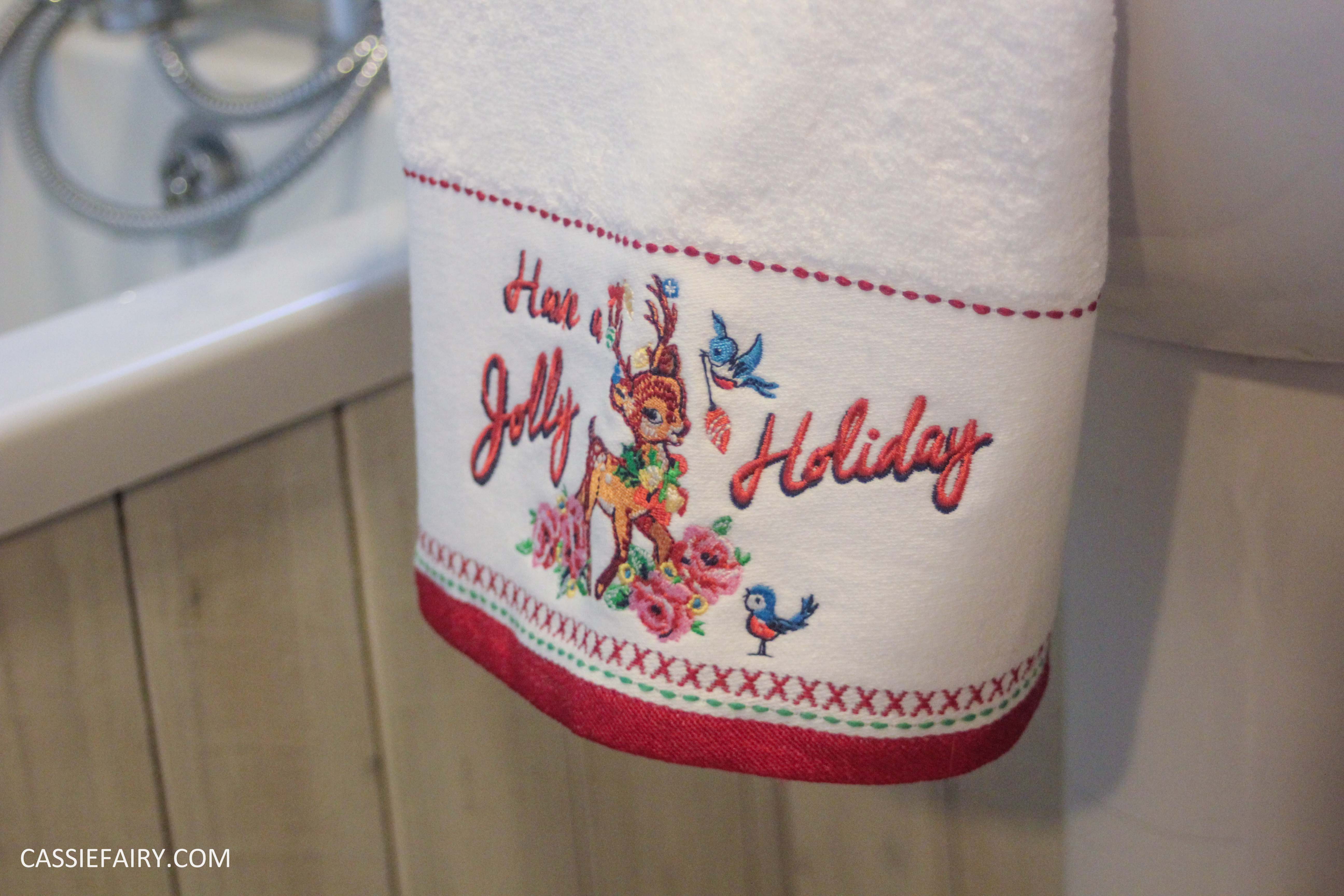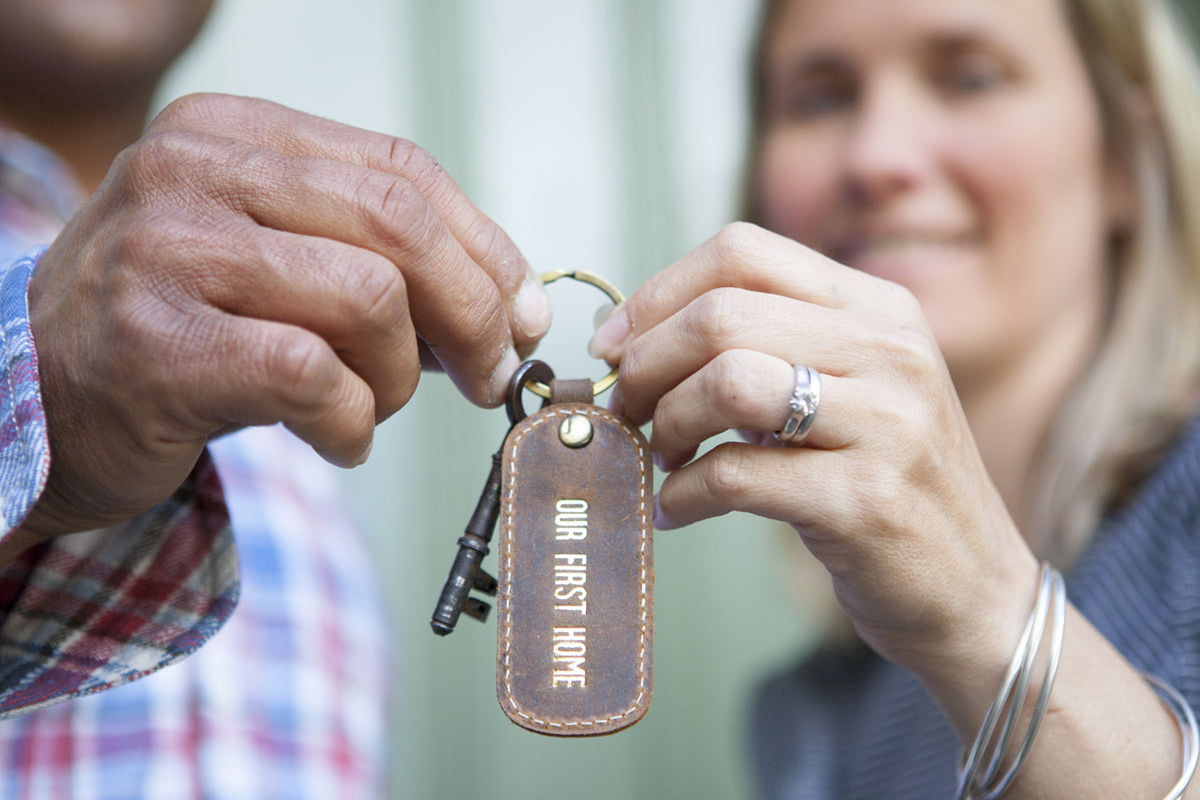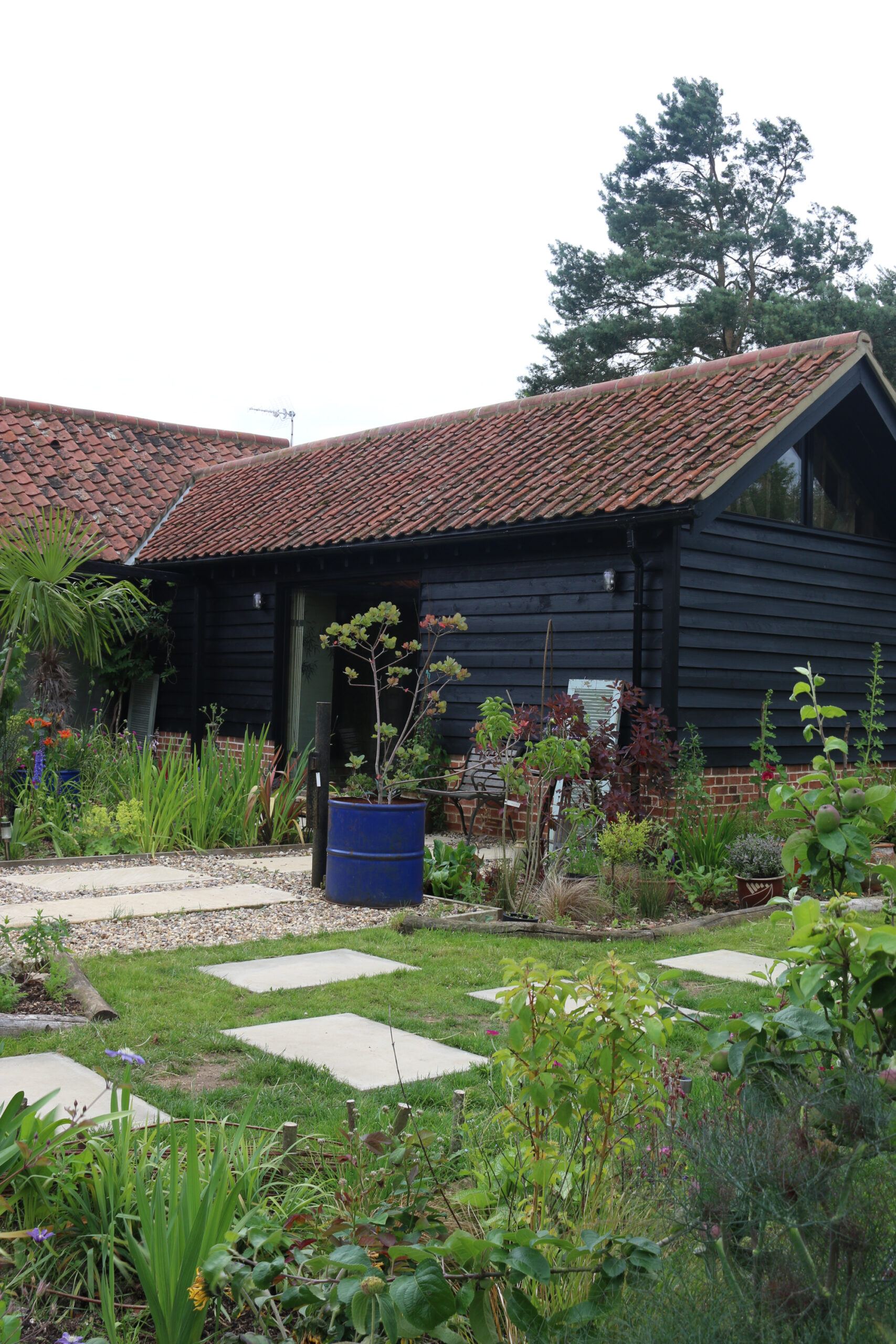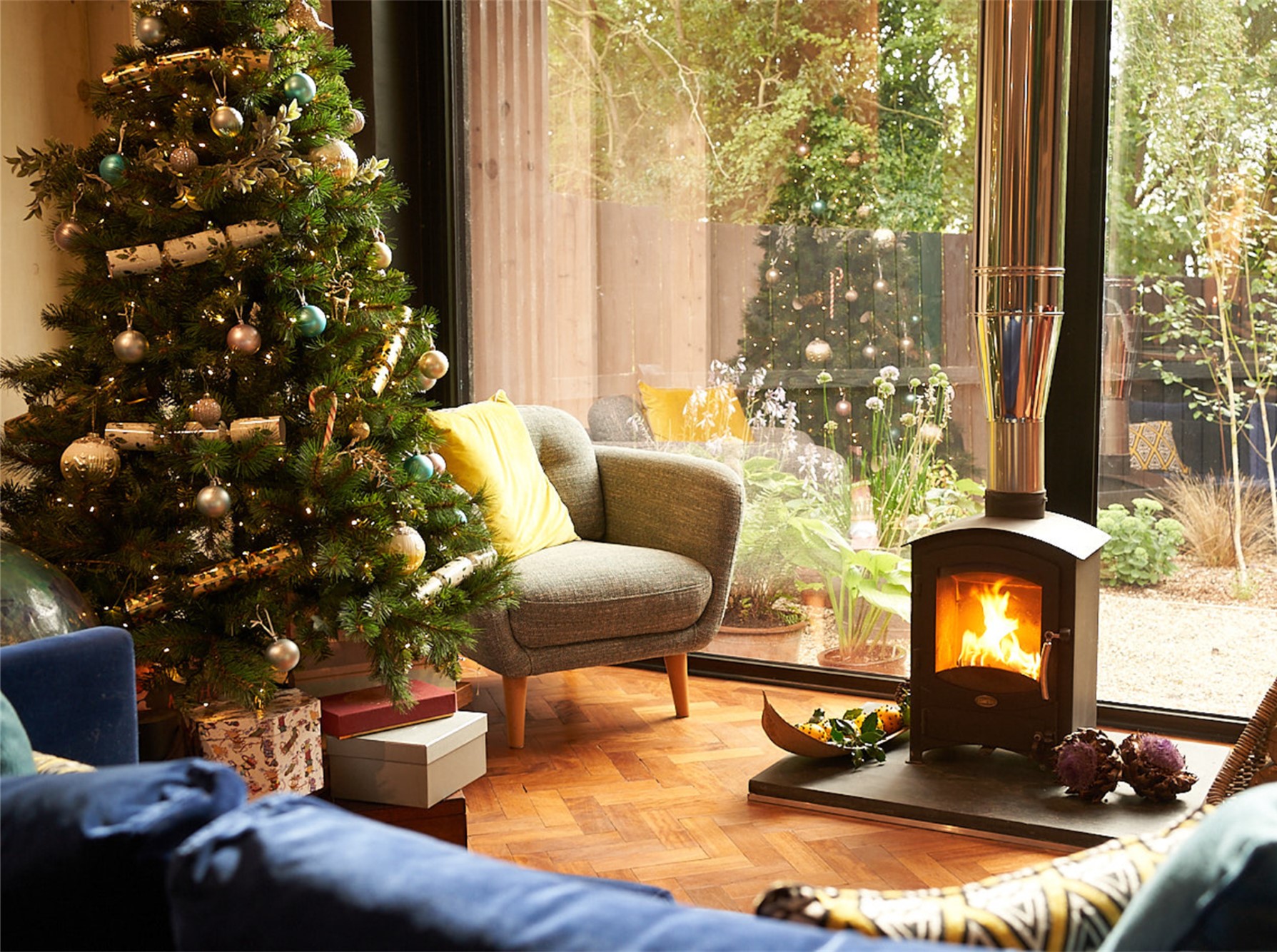Okay, I can’t fight it anymore. After almost a week of unbroken sunshine and with the bank holiday weekend and half-term fast approaching I can’t deny that barbecue season has well and truly arrived. We all knew it was only a matter of time before we started tidying up the patio and the shops knew it too: everywhere you look there are offers on charcoal at the garden centre, deals on melamine plates in department stores and 3 for 2 on sausages and burgers in the supermarkets. We will all be having a BBQ this weekend and there’s nothing we can do about it.
Actually, I don’t have a barbecue. So I’ve got two options: cook my meat in the oven and eat it outside or invest in a BBQ (hubby’s preferred plan). I’m thinking that any purchase of a BBQ at this time of year would be a sensible idea, because it would have a whole season’s use ahead of it, but the thrift-meister in me is telling me to wait until the end of the summer and buy a barbecue in the seasonal sales ready for next year. In fact, I think that’s exactly what happened last year – I just forgot to do the buying bit by the time the end of summer sales arrived. So I guess that means I’m going BBQ hunting this weekend then?? We have friends coming to stay over the bank holiday so it would be lovely to sit in the garden, enjoy a nice meal and soak up the sun (wearing high SPF, of course – read my blog post all about it here!).
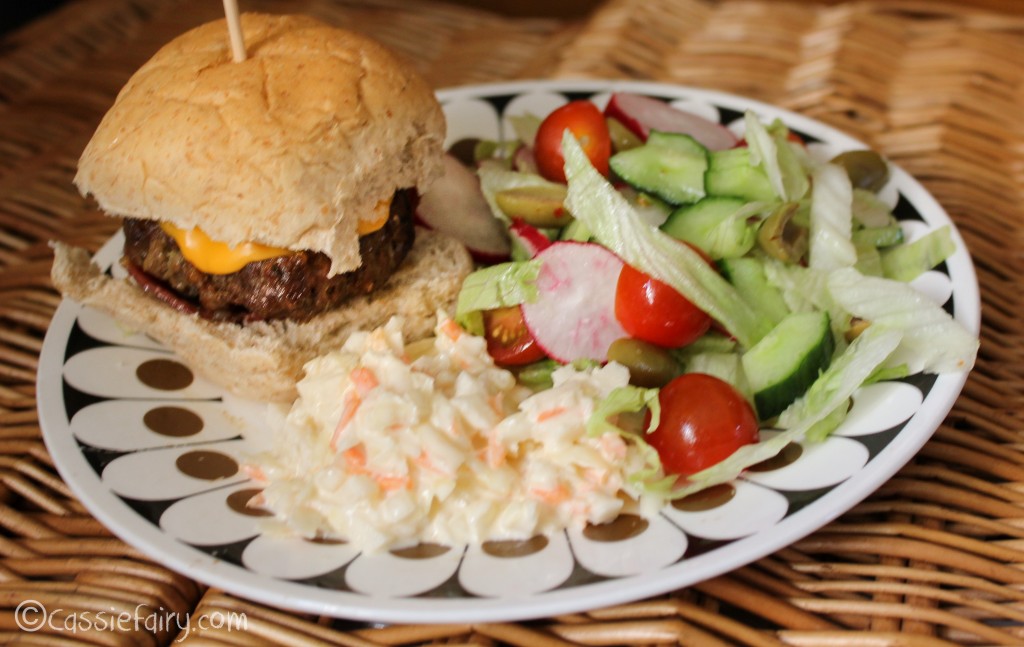
Here are a few of my favourite BBQ recipes from the blog so please check them out if you’re having a barbecue this bank holiday weekend:
Never one to be underprepared, did my research yesterday into the type of barbecue I should buy and found an excellent buying guide on the John Lewis website which I’m going to share with you all. It basically helped me get a good idea of what I want to buy versus what I actually need to buy and therefore I think that using the guide has saved me money and stopped me (and hubby) from buying the biggest BBQ we’ve seen – which was practically an outdoor kitchen – because in reality, we won’t need it! So here are the top tips for buying a barbecue this summer:
If you’re cooking for up to 4 people you’ll need a smaller cooking area, and can comfortably cook on a grill of around 1800cm². Also, if you’re going for gas, you might only need one or two burners on the barbecue, which will save on the amount of gas used per meal, compared to some of the 6-burner models. Cooking for larger crowds of more than 8 people is when you’ll need one of the largest gas barbecues (the sort that hubby loves) but for our family we’ll probably only need a BBQ grill of between 2000cm² to 2500cm² which is plenty big enough to cook for 6 people at once. Of course, you can cater for more people during larger parties if you have features such as griddles and warming racks on the barbecue because you can store and keep warm the first batch of food, while cooking up more meaty meals.
In terms of gas v coal, gas barbecues can be cooked with after about 10 minutes, but a charcoal barbecue will take up to 30-45 minutes to become white-hot and reach a good temperature for cooking. It’s easy to regulate the temperate on a gas barbecue in the same way that you can turn gas hob burners up or down, but on a charcoal BBQ it will be a case of raising or lowering the grilling surface to control the temperature. Charcoal or briquettes might be a cheaper fuel option than gas but will require more cleaning after cooking as you not only have to clean the cooking surfaces, but also clear out the ash. And finally, charcoal barbecues tend to be cheaper than gas, so it depends on your budget and what kind of fuel you’d prefer to spend your money on throughout the season.
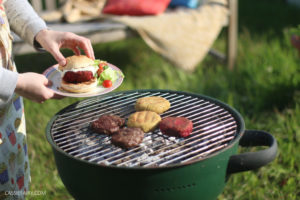
I’m really pleased that I came across this buying guide and I hope it has helped you too. The good news is that there are plenty more advice guides on the John Lewis website for summer, including tips for the barbecue chef, a video on cooking with gas barbecues, recipes and a good grilling guide. My final favourite piece of advice is that when your barbecue arrives, it’s a good idea to position it on a level surface away from combustibles such as plants and fencing, and in a sheltered position if windy. This will mean that accidents and the possibility of setting fire to the hedge will be less likely and, as with everything, it’s all about safety first! Have a lovely bank holiday 🙂
This article is a sponsored collaboration. The pink links in the content indicate a sponsored link or information source. The blog post reflects my own experience and the sponsor hasn’t had any control over my content 🙂
















